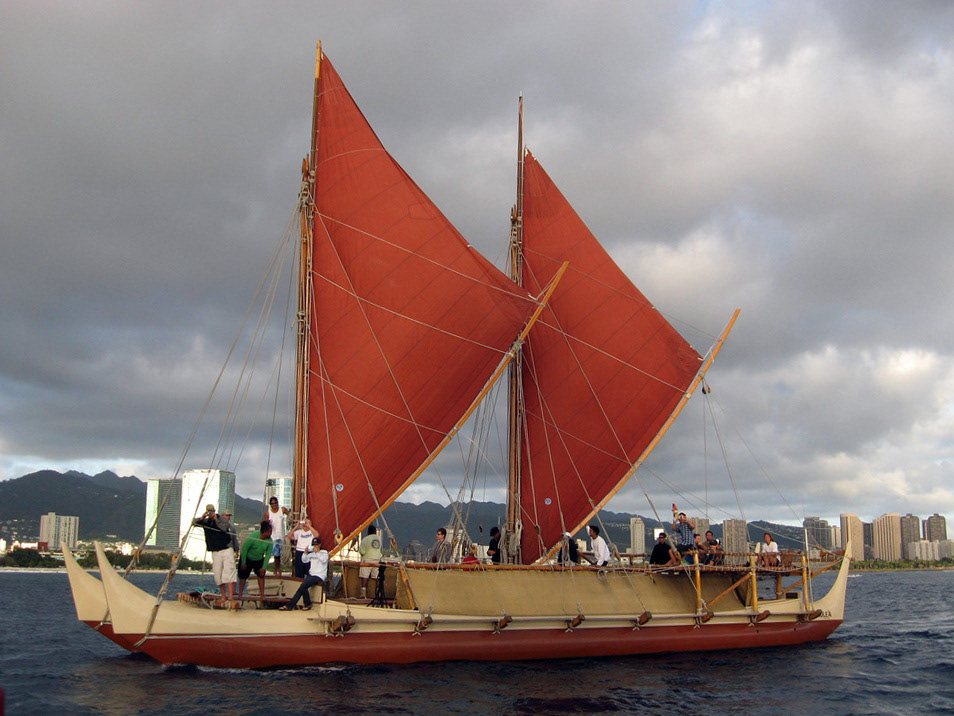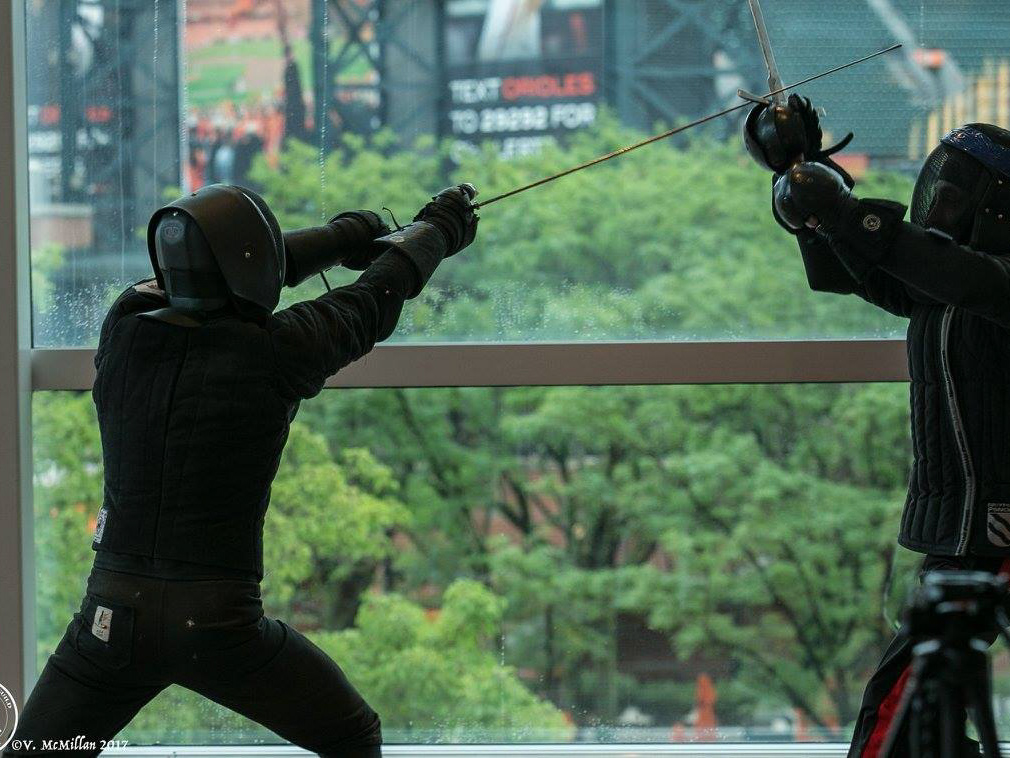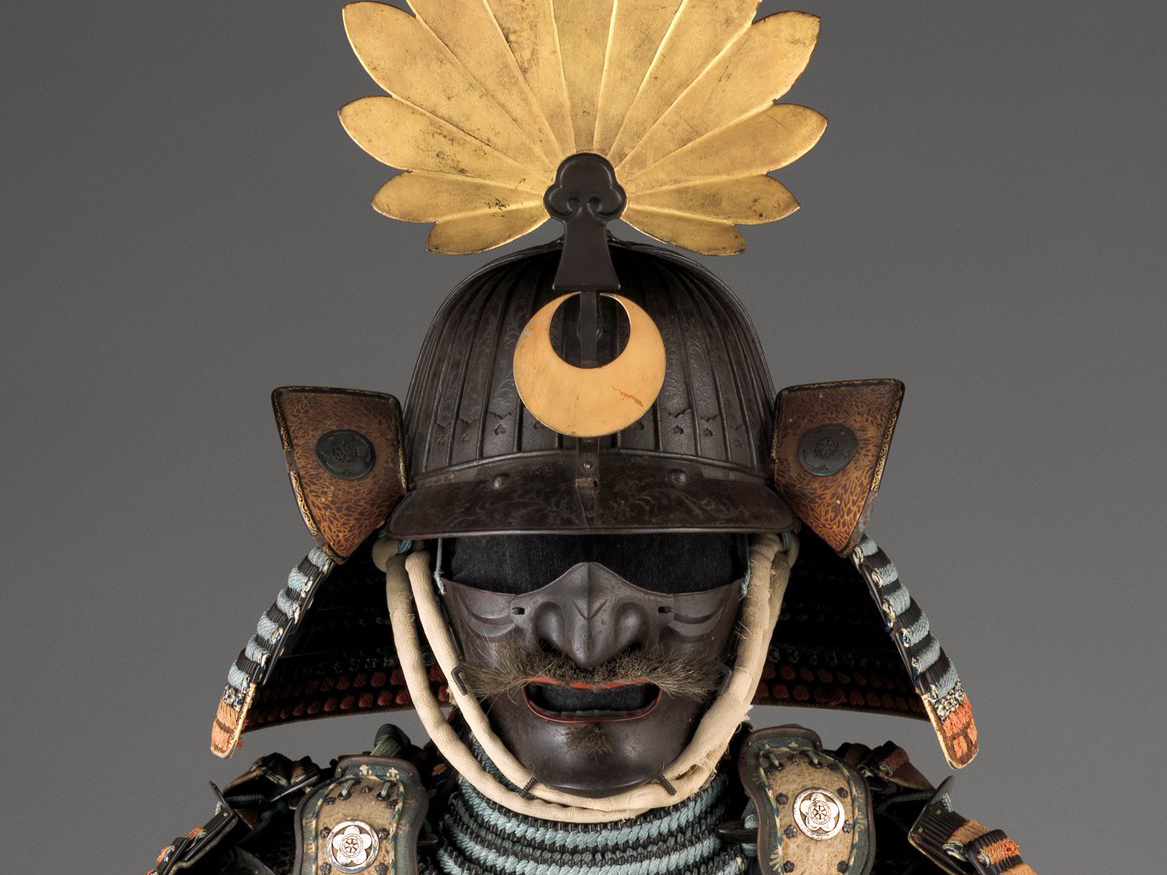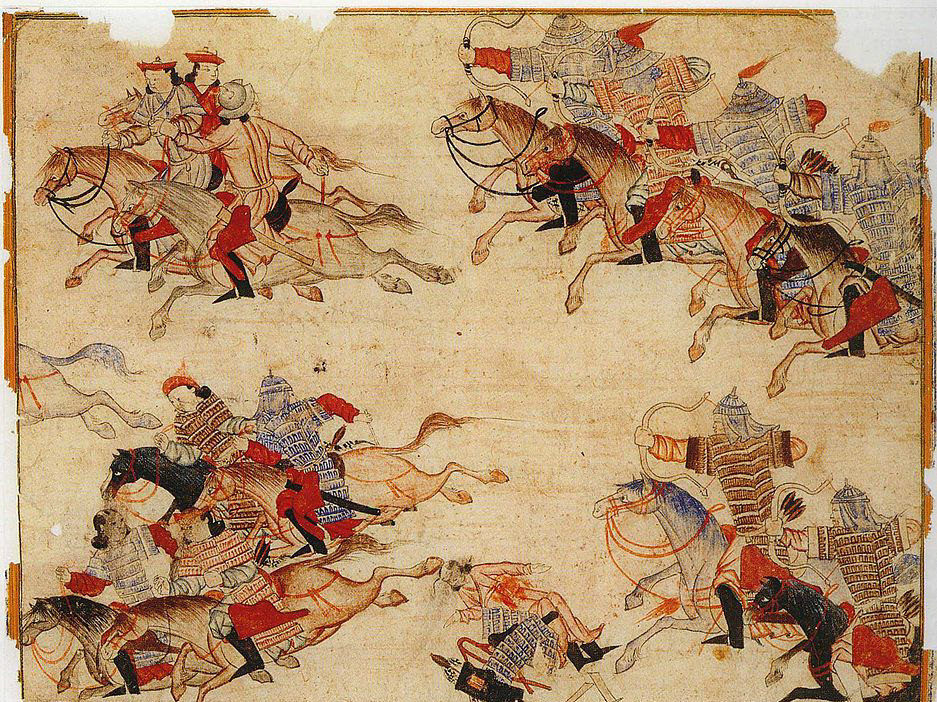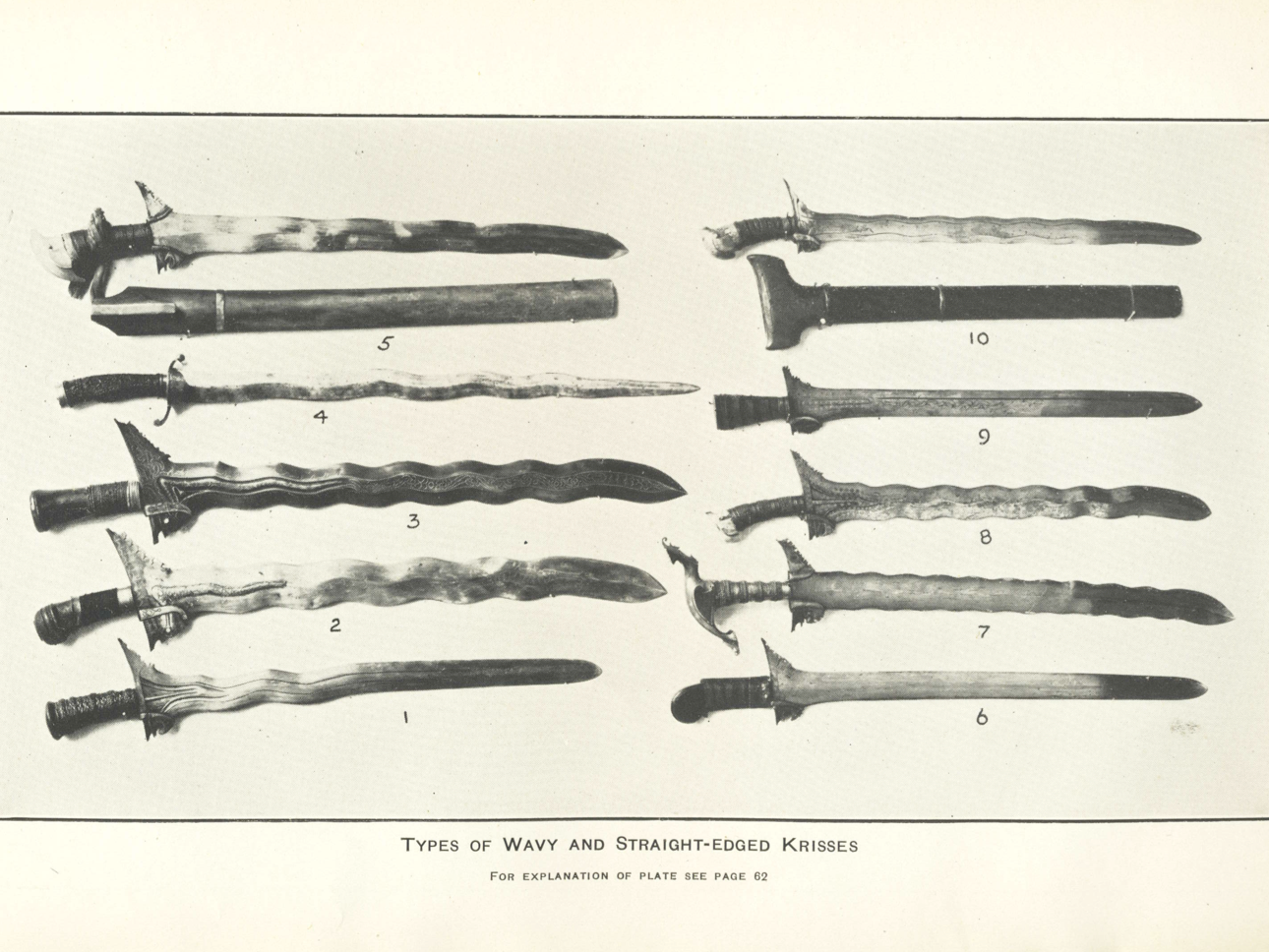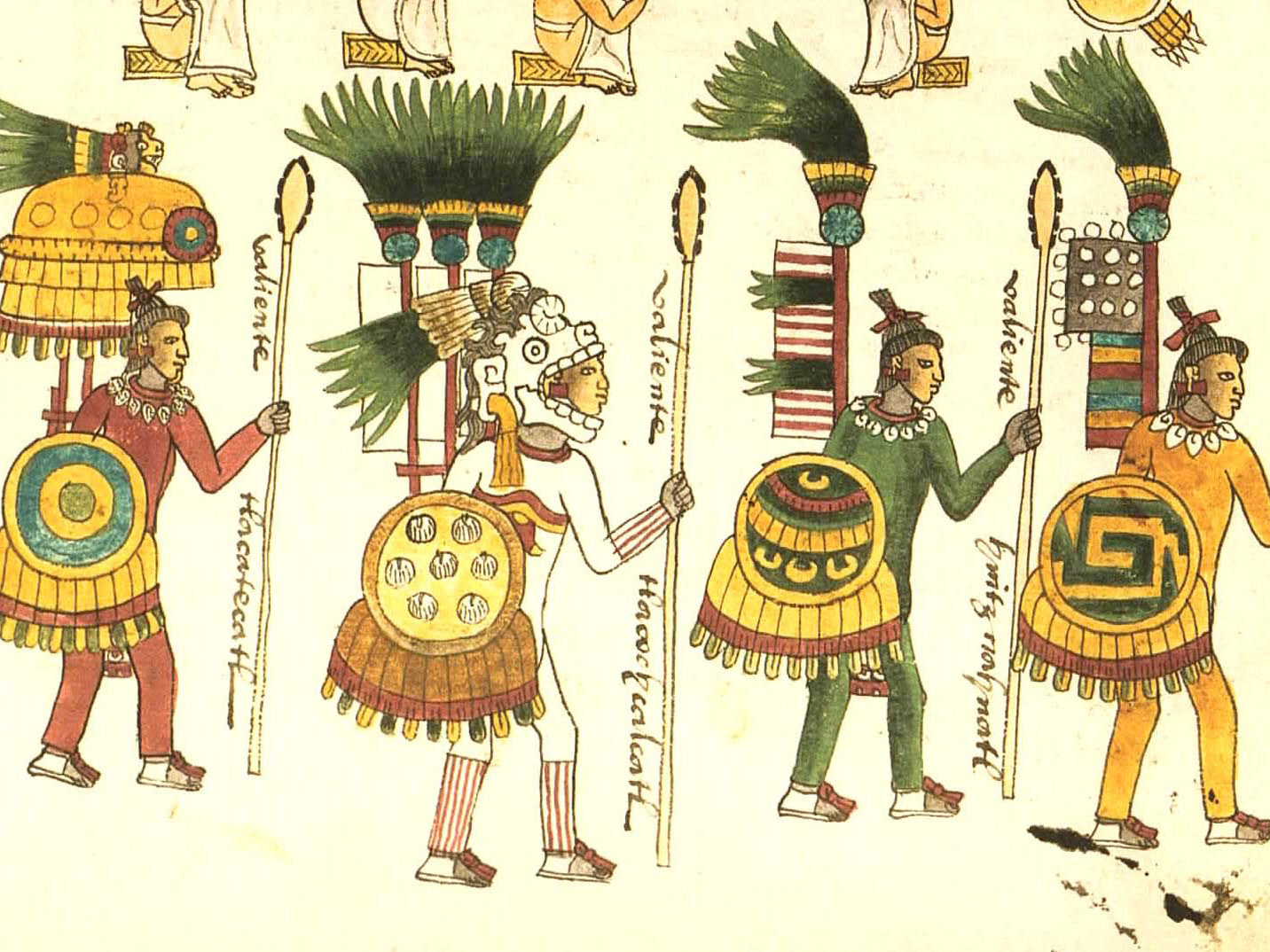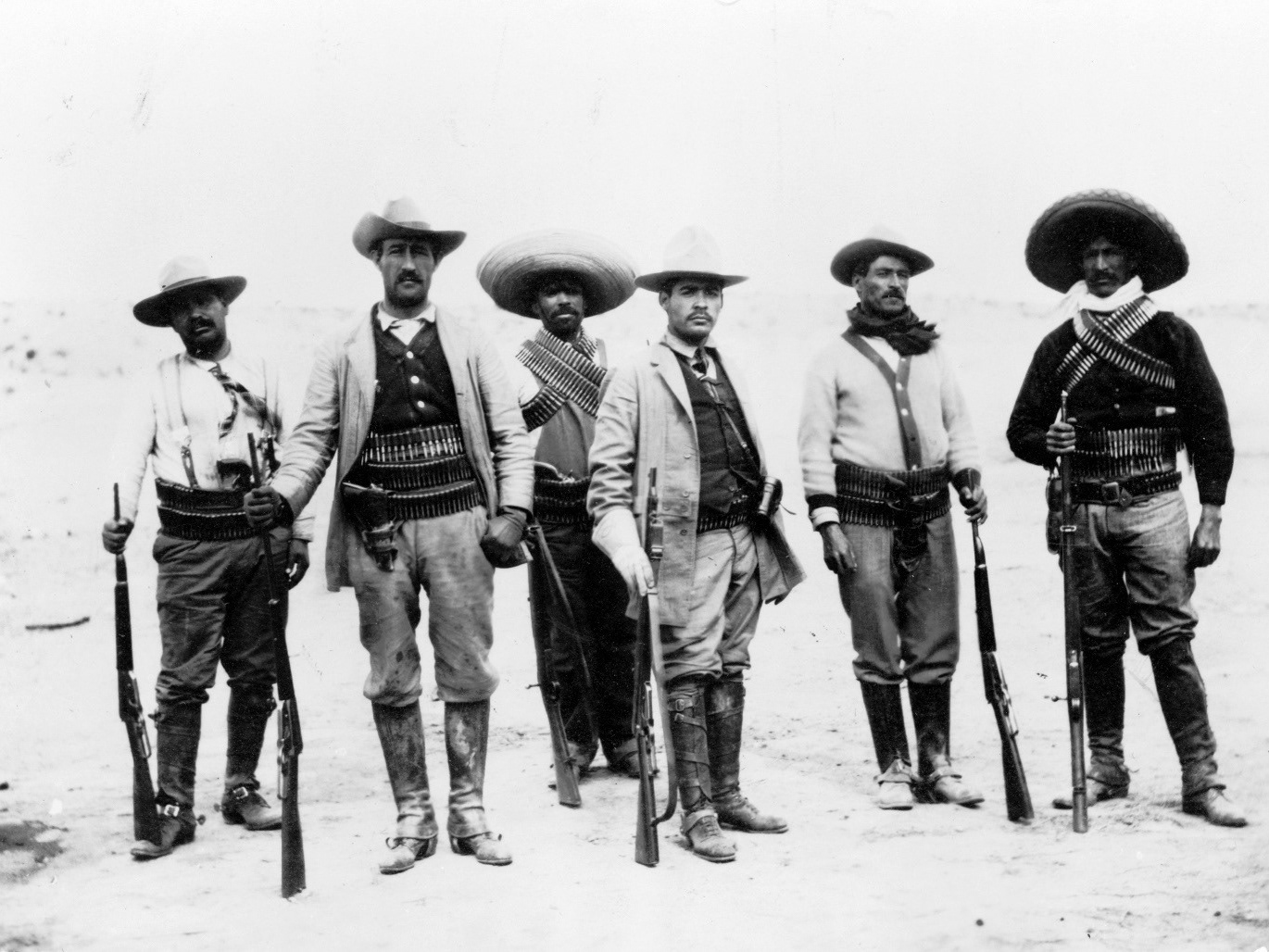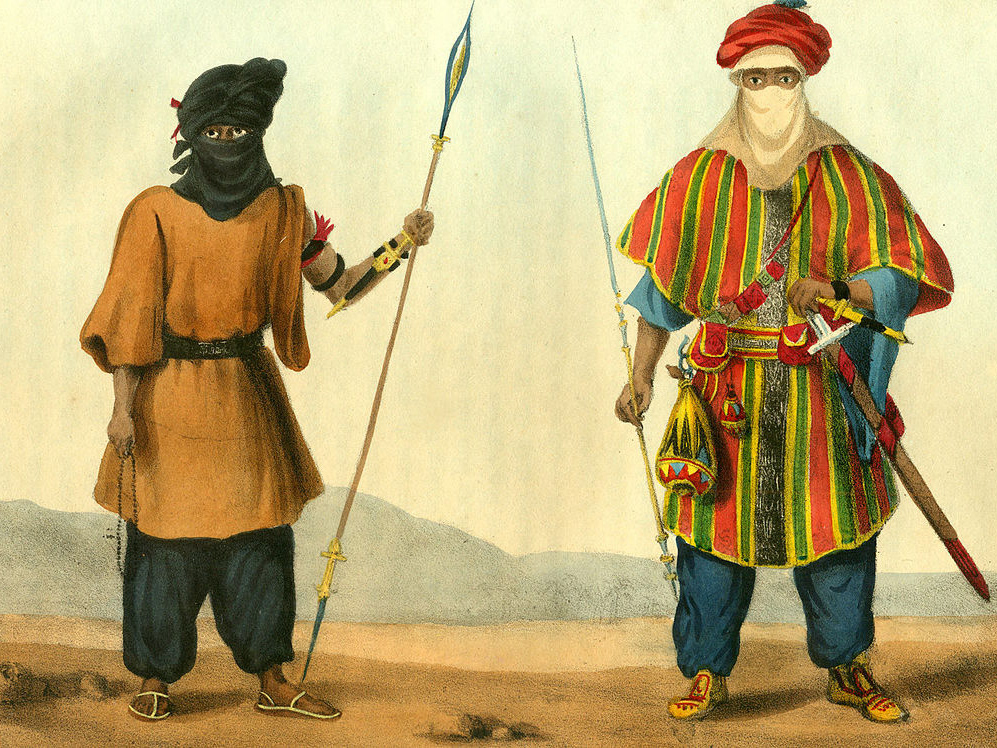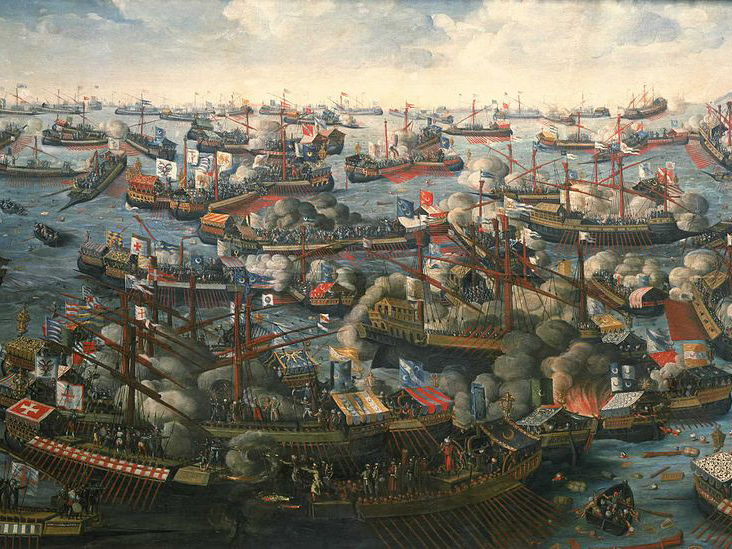Specialty: Fighting prowess
In addition to being a fierce warrior and brilliant leader Shaka also innovated new tactics and strategies like retaining the throwing spear for close-quarters flanking action around the enemy[27]. He also restructured the army into organized regiments of 1000 soldiers called ibutho led by a commander whose men swore allegiance to the Zulu nation, and its King, not to their tribe. This was essential in creating a sense of group unity and greater allegiance. Each regiment was composed of unmarried 18-20-year-old men who formed tight bonds and lived in barracks; the hide pattern on their shields distinguished each unit. Additionally, his soldiers started out at a young age, often around 6, carrying water and following older relatives on campaigns till they were ready to fight themselves[28].
According to Joseph, a Zulu citizen and scholar I spoke with when I visited South Africa, formal weapons training would also start around this time with ritualized stick combat and continue until they achieved their first kill in combat called the washing of the spears after which they were also allowed to marry[29]. Joseph theorized that the ability to marry being tied to a warrior’s first kill could help explain the young warrior's exceptional ferocity and tenacity[30].
Shaka’s warriors were conditioned by making them run and train barefoot so their feet would be hardened; some regiments used thorns to encourage scar tissue to form on their feet[31]. An army of Zulus could cover 20 miles in a single day and still fight effectively at the end. This complimented Shaka’s need for a fast, mobile army to outmaneuver larger forces[32]. This training and conditioning produced one of the most effective fighting forces in history.
Works Cited
Footnotes
[1] R. G. Grant, Battle A Visual Journey Through 5,000 Years Of Comat.
[2] R. G. Grant.
[3] R. G. Grant, Battle A Visual Journey Through 5,000 Years Of Comat.
[4] “Orange Free State and Orange River Colony.”
[5] Big Think, A Brief History of South Africa, with Dave Steward.
[6] “Cetshwayo | Zulu King | Britannica.Com.”
[7] Joseph of Zululand, Jospeph’s Lecture of the Battle of isandlwana.
[8] R. G. Grant, Battle A Visual Journey Through 5,000 Years Of Comat.
[9] “Battle of Isandlwana.”
[10] R. G. Grant, Battle A Visual Journey Through 5,000 Years Of Comat.
[11] “The Zulu Buffalo Horns.”
[12] “Zulu Culture - Zulu Combat.”
[13] Marshall Davey, Paul Garner on The Zulu Stabbing Spear.
[14] “African Metalworking.”
[15] Maggs, “Metalwork from Iron Age Hoards as a Record of Metal Production in the Natal Region.”
[16] Maggs.
[17] “‘Knobkerrie’ More than Just a Weapon.”
[18] “‘Knobkerrie’ More than Just a Weapon.”
[19] “‘Knobkerrie’ More than Just a Weapon.”
[20] “Breeds - Nguni.”
[21] “Nguni Shields.”
[22] Sutherland and Canwell, The Zulu Kings and Their Armies.
[23] “Zulu Culture - Zulu Combat.”
[24] “Zulu Culture - Zulu Clothing.”
[25] “Zulu Culture - Zulu Clothing.”
[26] “Zulu Culture - Zulu Clothing.”
[27] Sahoboss, “Shaka Zulu.”
[28] “Zulu Impi.”
[29] Joseph of Zululand, Jospeph’s Lecture of the Battle of isandlwana.
[30] Joseph of Zululand.
[31] “Zulu Impi.”
[32] “Zulu Impi.”
Citations
Pitt Rivers Museum. “African Metalworking,” July 20, 2015. https://www.prm.ox.ac.uk/metalworking.html.
“Battle of Isandlwana.” Accessed May 22, 2018. https://www.britishbattles.com/zulu-war/battle-of-isandlwana/.
Big Think. A Brief History of South Africa, with Dave Steward. Accessed May 22, 2018. https://www.youtube.com/watch?v=RhhzVfeqINY&t=141s.
The Cattle Site. “Breeds - Nguni.” Accessed May 23, 2018. http://www.thecattlesite.com/breeds/beef/93/nguni/.
“Cetshwayo | Zulu King | Britannica.Com.” Accessed May 22, 2018. https://www.britannica.com/biography/Cetshwayo.
Joseph of Zululand. Jospeph’s Lecture of the Battle of isandlwana, n.d.
CapeTalk. “‘Knobkerrie’ More than Just a Weapon.” Accessed May 23, 2018. http://www.capetalk.co.za/articles/260937/knobkerrie-more-than-just-a-weapon.
Maggs, Tim. “Metalwork from Iron Age Hoards as a Record of Metal Production in the Natal Region.” The South African Archaeological Bulletin 46, no. 154 (1991): 131–36. https://doi.org/10.2307/3889092.
Marshall Davey. Paul Garner on The Zulu Stabbing Spear. Accessed May 23, 2018. https://www.youtube.com/watch?v=iXqHnEBNMoA.
“Nguni Shields.” Accessed May 23, 2018. http://web.prm.ox.ac.uk/Kent/shieweap/nguni.html.
“Orange Free State and Orange River Colony.” Accessed May 22, 2018. https://www.britishempire.co.uk/maproom/orange.htm.
R. G. Grant. Battle A Visual Journey Through 5,000 Years Of Comat. Edited by David John. DK publishing, n.d.
sahoboss. “Shaka Zulu.” Text. South African History Online, February 17, 2011. http://www.sahistory.org.za/people/shaka-zulu.
Sutherland, Jonathan, and Diane Canwell. The Zulu Kings and Their Armies. Barnsley, South Yorkshire, England: Pen & Sword Military, 2004.
SafariKZN. “The Zulu Buffalo Horns,” April 7, 2007. http://safarikzn.com/the-zulu-buffalo-horns/.
“Zulu Culture - Zulu Clothing.” Accessed May 23, 2018. http://www.zulu-culture.co.za/zulu_clothing.php#.WwWiU-6UuYk.
“Zulu Culture - Zulu Combat.” Accessed May 23, 2018. http://www.zulu-culture.co.za/combat_zulu_culture.php#.WwWZ6O6UuYk.
“Zulu Impi.” Accessed May 22, 2018. http://www.historyofwar.org/articles/weapons_zulu_impi.html
